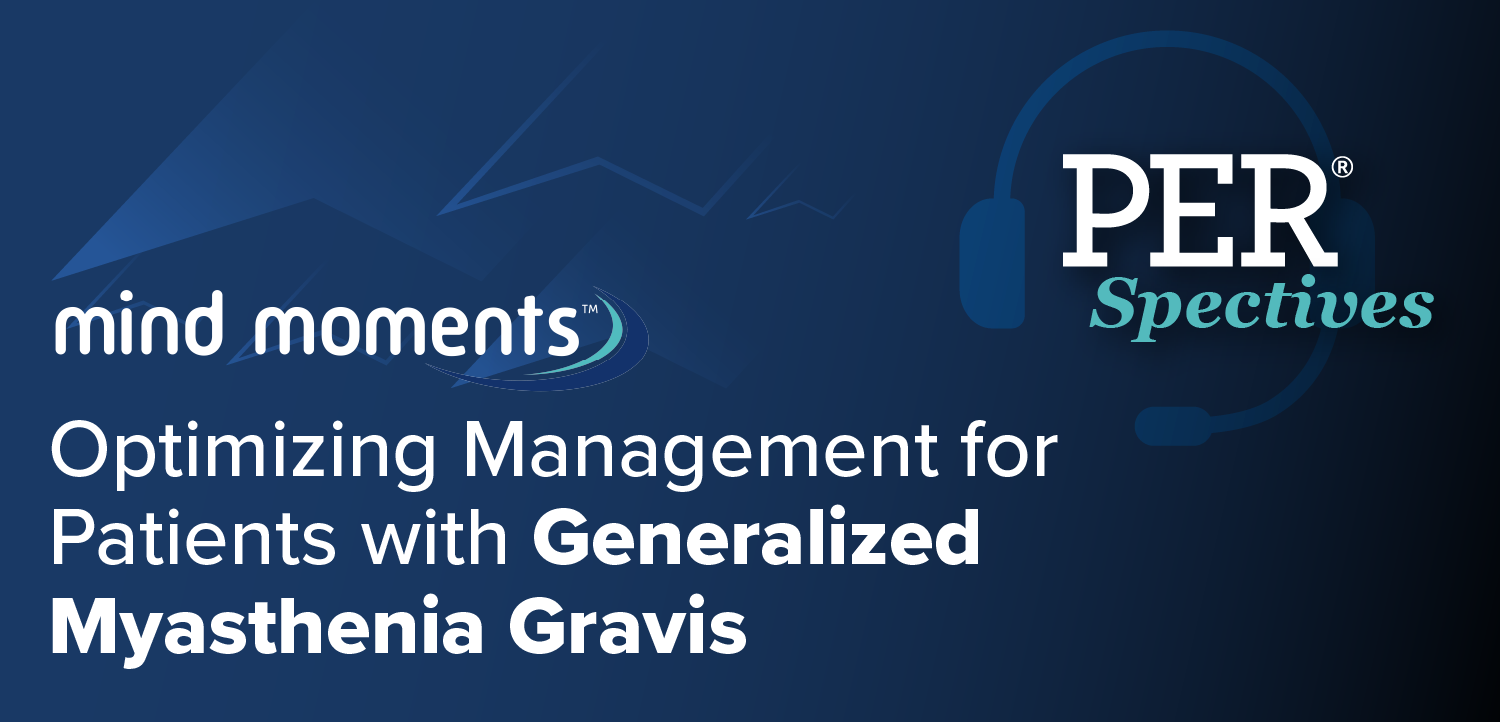
Riliprubart Demonstrates Maintained Efficacy, Safety in Subgroup Analyses of CIDP
Key Takeaways
- Riliprubart maintained efficacy and safety across diverse subgroups in CIDP, including age, sex, and disease duration.
- After 24 weeks, 51.5% of participants were responders, with consistent response rates across subgroups.
Subgroup data from a phase 2 CIDP trial showed riliprubart maintained consistent efficacy and safety across patient demographics, disease characteristics, and prior treatment exposures.
Subgroup analyses from a phase 2 study (NCT04658472) testing riliprubart (Sanofi) in patients with chronic inflammatory demyelinating polyneuropathy (CIDP) revealed that the agent maintained efficacy and safety regardless of patients’ age, sex, CIDP subtype, disease duration, and prior immunoglobulin (Ig) dose. Overall, these data further reinforced the therapeutic potential of riliprubart as a complement-inhibiting medication for CIDP.1
Riliprubart, a humanized IgG4-monoclonal antibody, was evaluated in 3 cohorts of patients with CIDP: those receiving standard-of-care (SOC) therapy with residual disability (SOC-treated; n = 48), those who were refractory or inadequately responsive to SOC (SOC-refractory; n = 18), and those who had never received SOC treatment (SOC-naïve). Presented at the 2025 Peripheral Nerve Society (PNS) Annual Meeting, held May 17-20 in Edinburgh, Scotland, the subgroup analysis was based on efficacy end points captured at week 24.
The subgroups observed included age (≤62.5 and >62.5 years), sex, CIDP subtype (typical, atypical), time since start of CIDP therapy (≤2 years, >2 years), time since diagnosis (≤3 years, >3 years), number of prior therapies (1 line, 2 lines, ≥3 lines), prior Ig dose, last previous therapy (anti-CD20 therapy, immunosuppressants, FcRn inhibitor, immunoglobulins, plasma exchange, or corticosteroids, baseline plasma neurofilament light (NfL; ≤12.40 pg/mL, 12.40 to 29.60 pg/mL, or ≥29.60 pg/mL), and baseline adjusted Inflammatory Neuropathy Cause and Treatment (aINCAT) scores (≤4 median of the cohort, >4 median of the cohort).
After 24 weeks of treatment, 51.5% (34 of 66) of participants were considered responders, defined as at least a 1-point decrease in aINCAT score, while 36.4% (11 of 66) were stable, and 12.1% of participants relapsed with riliprubart treatment. Overall, similar response rates were observed across the aforementioned subgroups. The number of prior therapies had the largest subgroup differences, as 44.2% of those with 1 prior therapy (n = 43) were considered responders vs 84.6% of those with 2 prior therapies (n = 13). Notably, 40.0% of those with at least 3 or more prior therapies were documented as responders, reinforcing the agent’s efficacy profile.
"Overall, the data is very solid and shows that complement inhibition is effective in CIDP across subgroups over the long-term, in the absence of significant side effects,” study author Luis Querol, MD, PhD, a neurologist at the Hospital de la Santa Creu, in Barcelona, Spain, told NeurologyLive®. "For a disease that fluctuates in general, the efficacy over the long-term was maintained. This means that even though these patients can have fluctuations of the disease, the drug is able to maintain its strength, not leading relapse, or at least not in a significant way."
READ MORE:
On the Inflammatory Rasch-built Overall Disability Scale (I-RODS), responders were defined as those with at least a 4-point increase, while stable patients had no change, and those who “relapsed” had decreases of at least 4 points. At week 24, 43.9% of participants responded, 16.7% were stable, and 39.4% were in the relapse category. Similar to the aINCAT, response rates were consistent across subgroups, with the biggest difference in response rate coming from patients with 1 vs 2 prior therapies (37.2% vs 69.2%).
At week 24, the percentage of aINCAT responders was numerically higher among those who demonstrated greater reductions in NfL from baseline vs those with lower reductions across SOC-treated and SOC-refractory group. In the SOC-treated group, 69% of those with NfL change of 4.60 pg/mL or more from baseline were considered responders compared with 56% of those with levels between 0.03 and 4.60, and 31% of those with NfL change of 0.03 or less.
For SOC-refractory patients, 67% of patients with at least an 8.30 pg/mL change were considered aINCAT responders vs 50% of those with level changes between 1.10 and 8.30, and 33% of those with reductions of 1.10 or less. When combining SOC-refractory and SOC-treated patients, 68% of those with NfL reductions of 6.30 or more were responders, vs 55% of those with reductions between 0.60 and 6.30, and 32% for those with reductions of 0.60 or less.
Click here for coverage of PNS 2025.
REFERENCE
1. Lewis RA, Querol L, Hartung HP, et al. Efficacy of Riliprubart in Chronic Inflammatory Demyelinating Polyneuropathy: Phase 2 Subgroup Analyses. Presented at: 2025 PNS Annual Meeting; May 17-20. Edinburgh, Scotland. Abstract P279.
Newsletter
Keep your finger on the pulse of neurology—subscribe to NeurologyLive for expert interviews, new data, and breakthrough treatment updates.




































